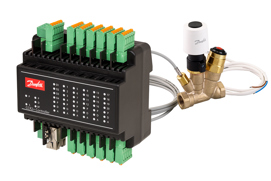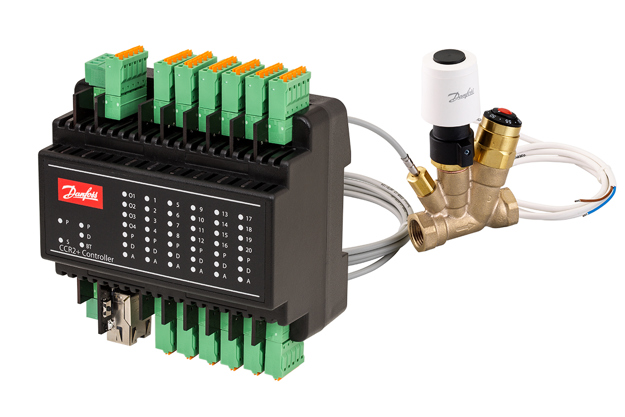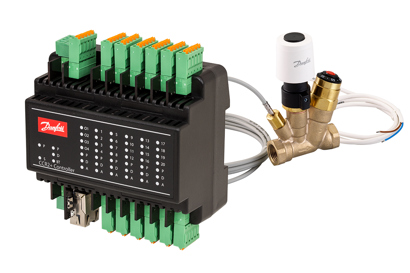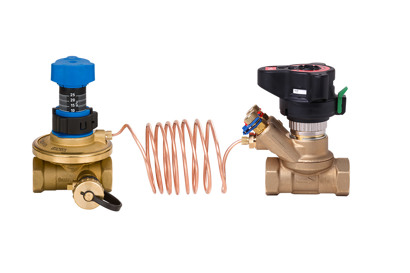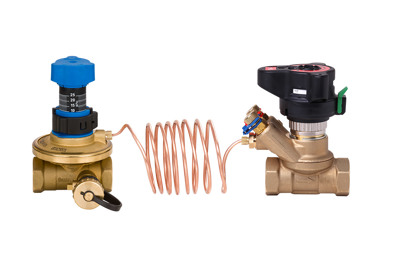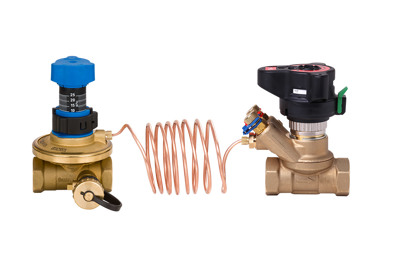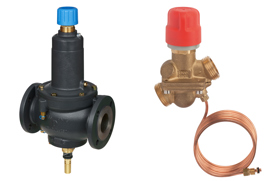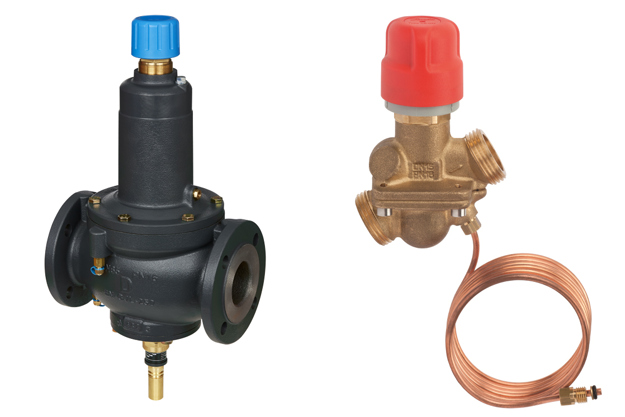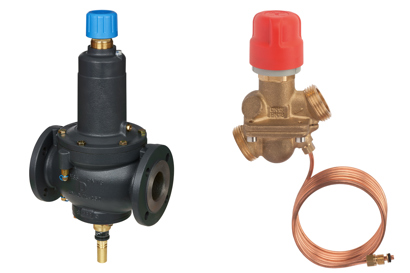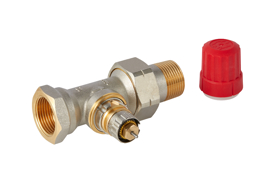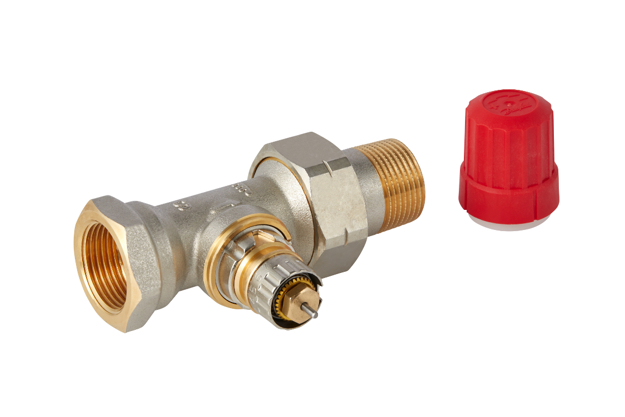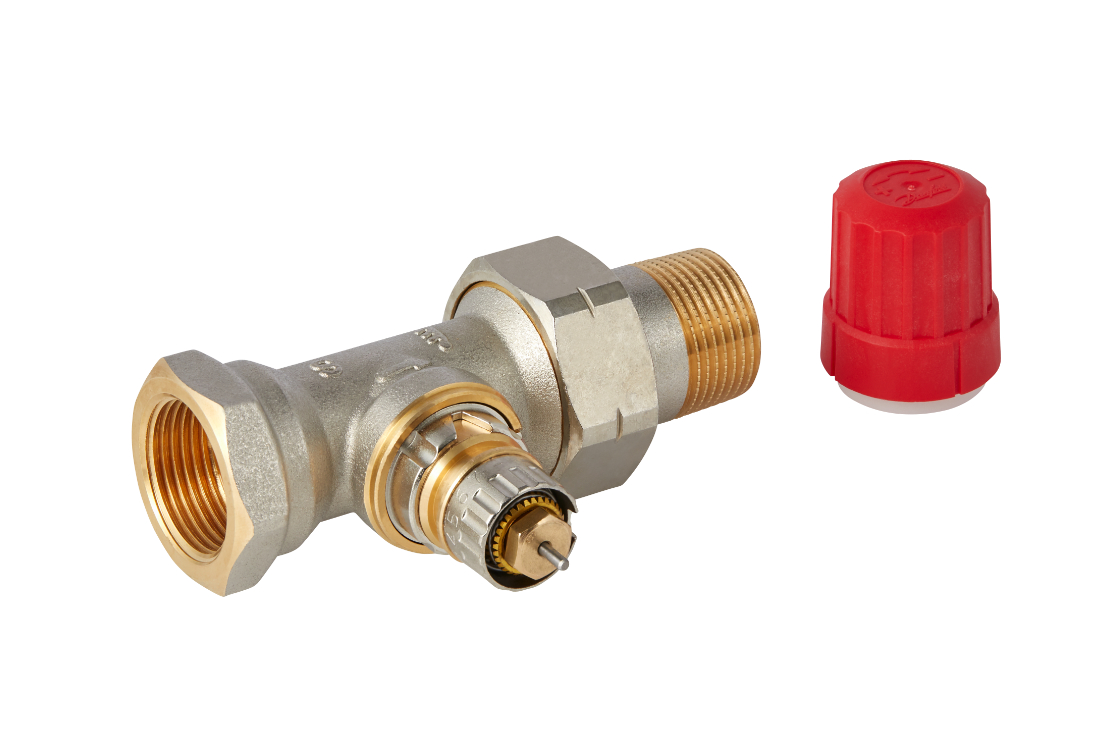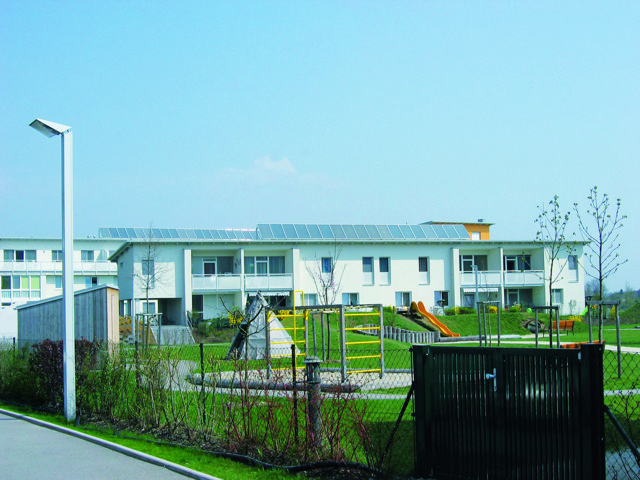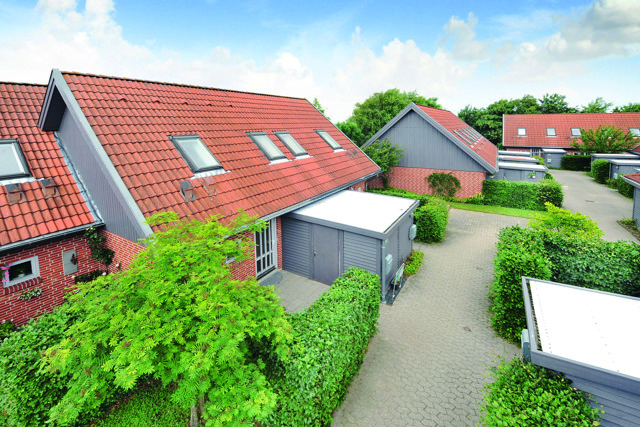Czym jest równoważenie dynamiczne?
W przeciwieństwie do równoważenia statycznego, przypadek częściowego obciążenia instalacji jest uwzględniany w wariancie równoważenia dynamicznego. Dzięki zaworom równoważącym lub niezależnym od zmian ciśnienia zaworom termostatycznym, różnica ciśnień może być utrzymywana na stałym poziomie w całym budynku we wszystkich warunkach. Przepływy są prawidłowo utrzymywane nawet przy częściowym obciążeniu lub zmiennych warunkach obciążenia – stąd nazwa równoważenie dynamiczne.
Related products
-
if (isSmallPicture) {


 MTCV i CCR2+
MTCV i CCR2+Termiczne zawory równoważące MTCV zapewniają dynamiczne, oparte na temperaturze rozwiązanie do zastosowań w układach c.u.w. W połączeniu ze sterownikiem CCR2 + stworzono inteligentne i energooszczędne elektroniczne rozwiązanie do monitorowania i dezynfekcji systemów układów ciepłej wody użytkowej.
-
if (isSmallPicture) {


 Automatyczne zawory równoważące
Automatyczne zawory równoważąceAutomatyczne zawory równoważące firmy Danfoss stanowią dynamiczne rozwiązanie do równoważenia hydraulicznego dwururowych układów grzewczych i chłodzących w systemach HVAC.
-
if (isSmallPicture) {


 Automatyczne zawory równoważące AB-PM
Automatyczne zawory równoważące AB-PMAB-PM jest wielofunkcyjnym zaworem równoważącym zapewniającym zarówno regulację ciśnienia różnicowego, jak i ograniczenie przepływu. Zawory eliminują wahania ciśnienia przy pełnym i częściowym obciążeniu i mogą być wyposażone w siłownik umożliwiający regulację strefową.
-
if (isSmallPicture) {


 Termostaty grzejnikowe
Termostaty grzejnikoweUstaw i utrzymaj preferowaną temperaturę w każdym pomieszczeniu za pomocą termostatów grzejnikowych Danfoss. Utrzymują one stałą żądaną temperaturę w poszczególnych pomieszczeniach i pomagają zmniejszyć zużycie energii.
-
if (isSmallPicture) {


 Zawory grzejnikowe
Zawory grzejnikoweKompleksowa gama zaworów grzejnikowych Danfoss o solidnej konstrukcji zaprojektowanej tak, by sprostać wymaganiom budownictwa komercyjnego i przemysłowego, dostępnych dla niemal wszystkich systemów i warunków montażu.
Przeczytaj więcej o równoważeniu hydraulicznym

Jak poprawić efektywność energetyczną instalacji grzewczej?
Przy przejściu z gazu ziemnego na ogrzewanie miejskie lub pompę ciepła należy zawsze brać pod uwagę pewne aspekty.


